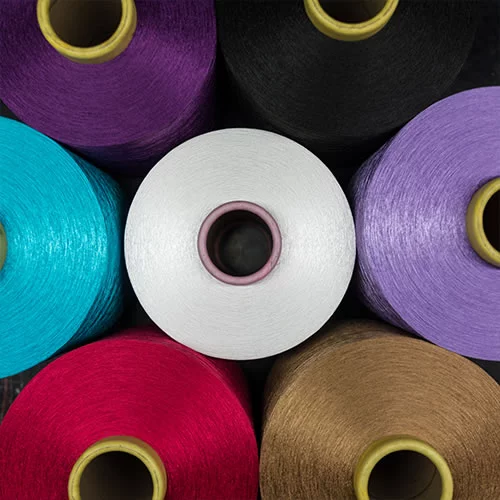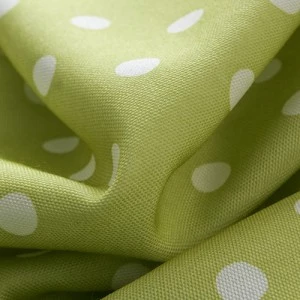





From 80 TPM to 1000 TPM with snarl free yarns.
The continuous filament yarn also requires a small amount of twist in order to avoid the fraying of filaments and to increase abrasion resistance. However, twisting the continuous filament yarn reduces the strength of the yarn. Yarn is often ply-twisted in a direction opposite to a single yarn twist to improve evenness, strength, elongation, bulkiness, luster and abrasion resistance, and to reduce twist liveliness, hairiness and variation in strength.
Twisted yarn can be made of two, three, four, or more plies, or may be used as singles without plying.
| Apparel | Non Apparel |
|---|---|
|
Sarees
|
Elastic tape
|
|
Dress material
|
Upholstery
|
|
Shirtings
|
Furnishing
|
|
Suitings
|
Curtains
|
|
Socks
|
Bed Linen
|
|
Denim
|
Carpets
|